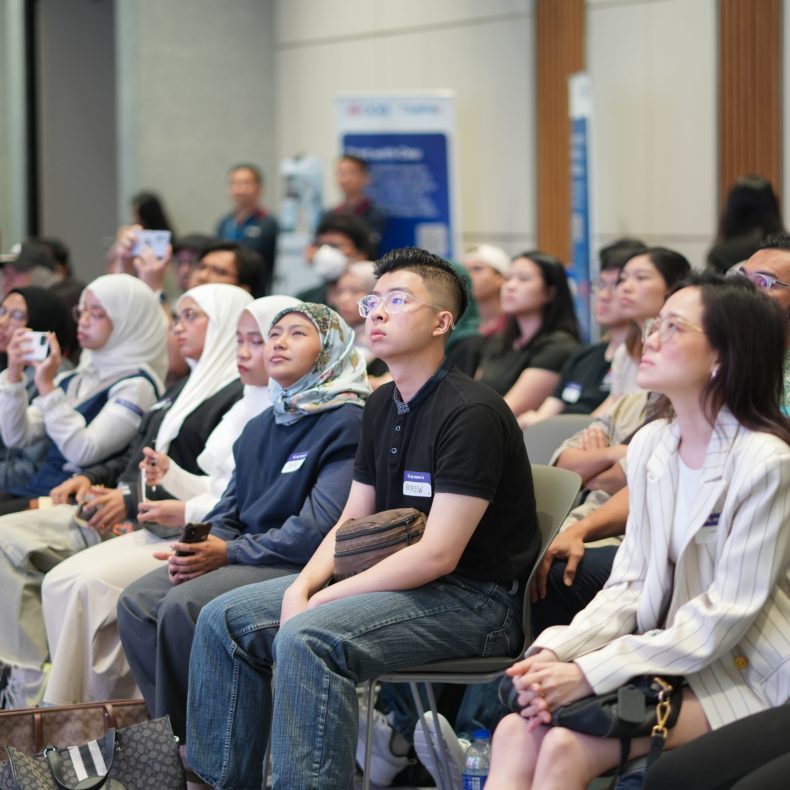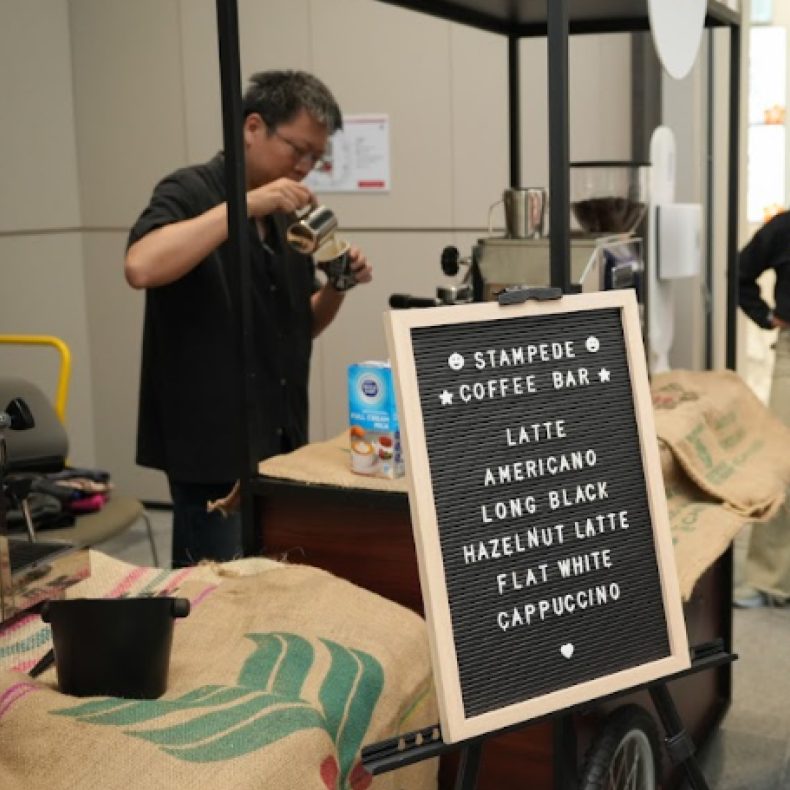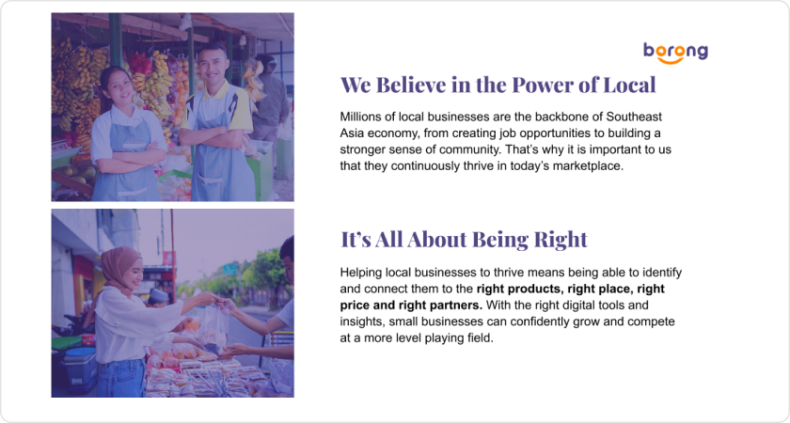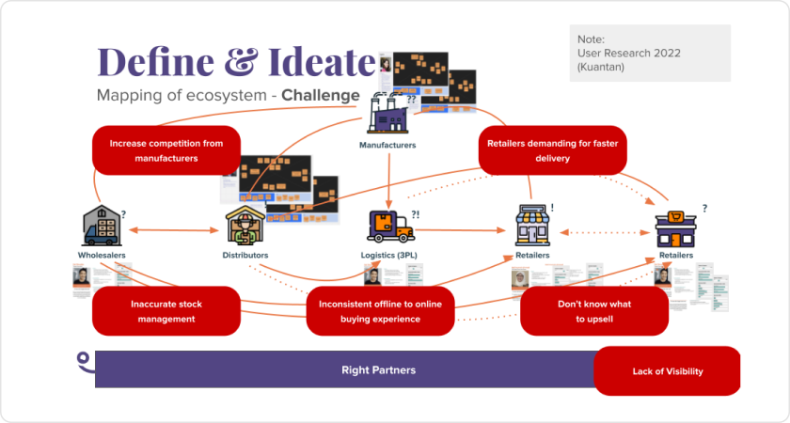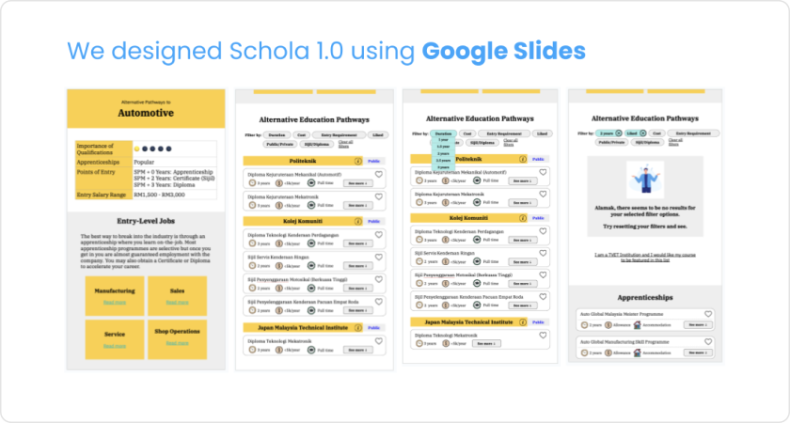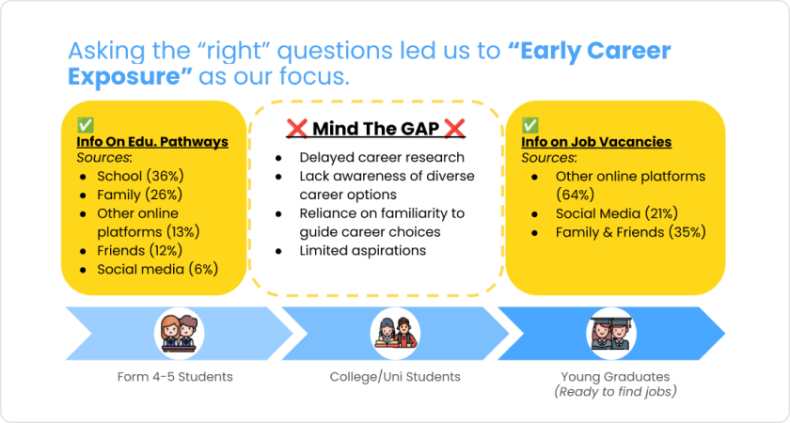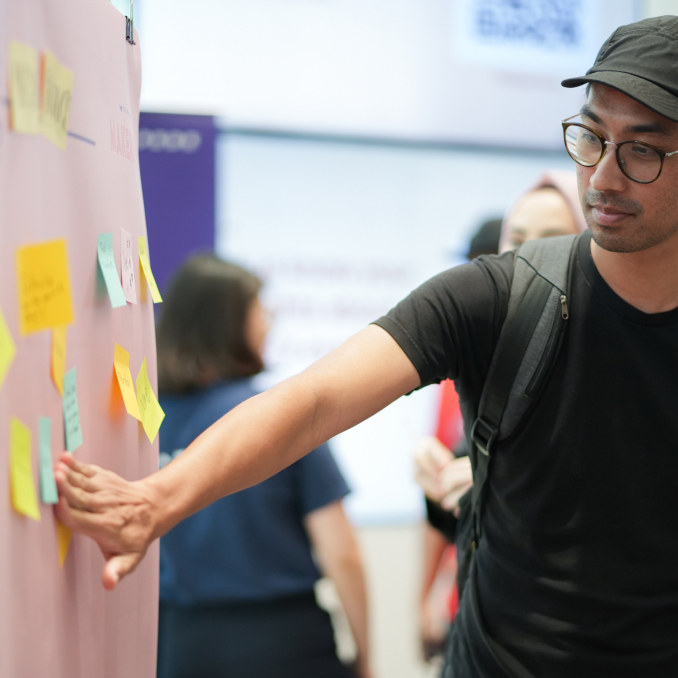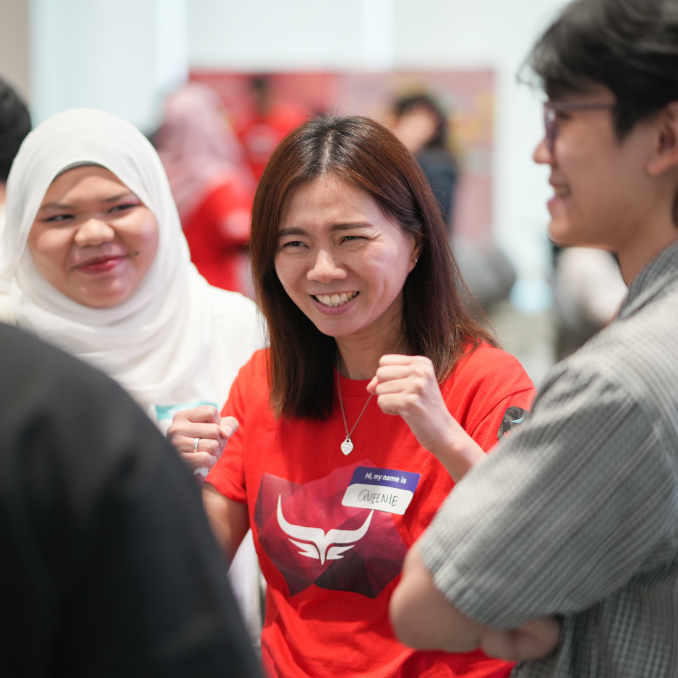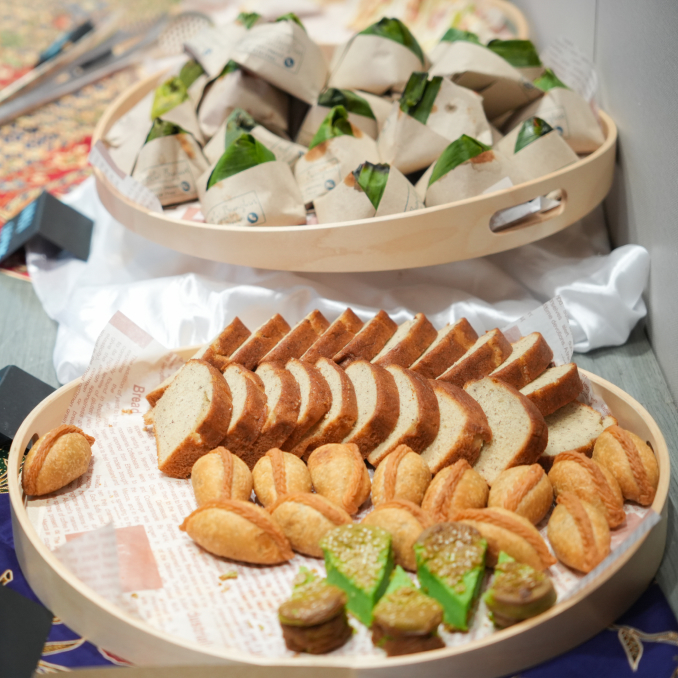For many of us, design has long been about moving shapes and making precise steps on a screen. But if we step back from our design, a far more fascinating image appears. Design is now a movement that shapes communities, drives progress, and connects a country. Makers 9 showed me just how far design has come in Malaysia, quietly but powerfully transforming our country, one thoughtful decision at a time.
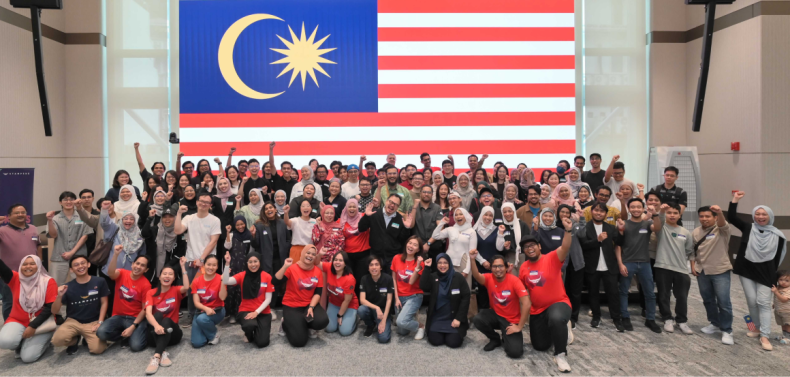
What’s fueling Malaysia’s design revolution?
When the team curated this long-due theme for Makers 9, its simple yet powerful message stuck with me. We are designing for Malaysia.
When I started my design journey, the job was making things look good and work well. The canvas was a Photoshop 1024×768 artboard. Today, our canvas is shaping the experiences of our nation. That’s the magnitude of transformation we’re seeing. From government services to businesses and non-profits, design is weaving itself into the very fabric of our lives.
It’s no longer a dream to see government services become genuinely user-friendly. And we could say this because we’re working with the Malaysian government to identify and remedy UX gaps in their digital services. Platforms like Schola are empowering students to explore career paths beyond typical routes. Small businesses, the “makcik and pakcik” shops we all know, are becoming digitally savvy thanks to platforms like Borong.
It was only apt that our theme celebrates Malaysia’s national month and how far we’ve come while reminding us of the work ahead. In his talk Malaysia on the Rise, Khailee Ng of 500 Startups said, Malaysians are not so used to good news. That may be true, but at the same time, we’ve been seeing a quiet revolution happening. Companies are stepping up to better serve their customers, while public agencies are making digital touchpoints more usable and accessible.
This shift is reshaping our nation, and we’re so excited to shine a light on it through Makers 9.
Design: the unsung hero in Malaysia’s glow-up
This transformation isn’t confined to traditional design roles. My own journey has strayed far from the conventional path—my recent work involved crafting a career progression framework, yet it’s still all about design. I see this same spirit in those around me. Our two incredible speakers at Makers 9 don’t carry the “designer” title but embody the essence of designing for Malaysia. Let’s take a look at how they do it.
Linda Rasip: Bringing empathy (and order) to chaos
I’ve known Linda Rasip since she first sought out Stampede for a Malaysian UX agency with global reach. Today, she’s the CTO and co-founder of Borong, a B2B eCommerce platform that empowers small businesses—the very backbone of Malaysia’s economy.
At Makers 9, Linda explained how her team tackled the problem of small businesses struggling to access suppliers in real time. “When designing for Malaysians, you need to anticipate their challenges before they do,” she said.
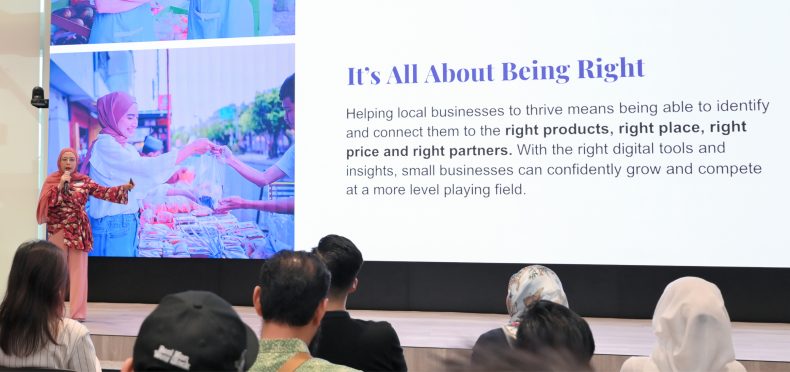
Borong owed its success in listening, adapting, and understanding Malaysia’s unique business culture. Here’s how they do it:
Empathy first
Linda’s team invests time in understanding local business norms and informal practices. They learn how shop owners manage inventory and understand trust systems in local supply chains so they can identify nuances that matter to Malaysian small businesses.
Build on familiarity
Borong doesn’t impose new processes on its customers. Instead, it complements the way the businesses already operate. This move creates a sense of familiarity, intuitive experience, and confidence, which all lead to trust and ultimately, sticky adoption.
Leverage omnichannel strategies
For seamless digital transformation, Borong ensures businesses can manage orders, update inventories and communicate consistently across various digital and physical touchpoints. This integration means businesses can maintain a cohesive operation, whether online, on social media or in-store.
Design for practical solutions
They introduced features like flexible credit terms and simplified supplier listings. These are real pain points discovered through research, and making them practical turns Borong into a reliable and easy-to-use solution.
When designing for Malaysia, Borong focused on building trust and leaned into cultural insights discovered through user research. To them, the work goes beyond bridging gaps. To be successful in Malaysia and other similar markets, the key is in building lasting relationships.
Yi Fen: Turning career confusion into curiosity and conversations
Then there’s Kong Yi Fen, Product Manager at Schola. Her team at Creador Foundation built a career exploration app to guide Malaysian students, but what happened next was unexpected—Schola went viral, not just among students but adults across the nation.
Everyone, from professionals to industry leaders, was taking career quizzes and sharing their results. (Mine was #budakperform, in case you’re curious.)
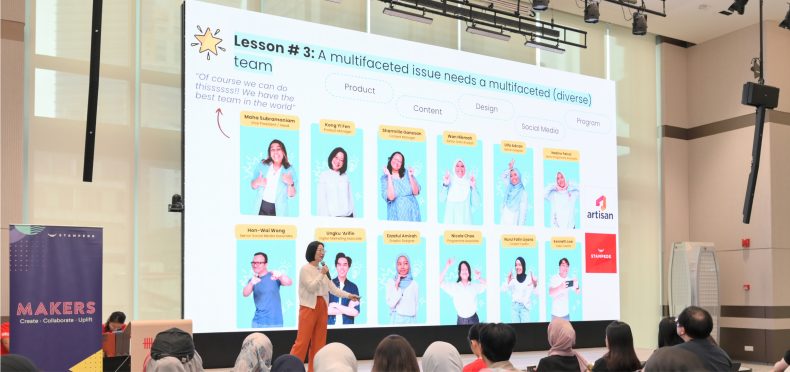
Yi Fen’s story began with a simple yet crucial act: listening. “We realized we weren’t asking the right questions,” she shared. Schola’s early days were marked by enthusiastic efforts to address too many problems at once. Through direct conversations with students, teachers, and communities, they narrowed their focus to one key gap: early career exposure. That shift, driven by genuine engagement, led to Schola’s success.
Here’s how Schola made it work:
User research to identify gaps
Yi Fen’s team conducted extensive research to uncover what students and communities truly needed. They listened to students, teachers, and parents closely. As a result, they were able to identify early career exposure as a key area lacking guidance. This insight shaped their product development, ensuring they addressed a real, pressing need.
Focus and adapt
After identifying this gap, the team narrowed their efforts to early career exposure. This focus allowed them to build targeted features, leading to more effective engagement. As a non-profit, this focus exercise allowed them to make the most out of the limited resources they had.
Make it fun and relatable
Schola didn’t just provide career quizzes—they infused local flavor into it! They used familiar slang, playful scenarios and Malaysian cultural references abundantly and this made career exploration feel more like a conversation than an assessment. You could see how it sparked curiosity across ages.
Break it down
Knowing students often hesitated to plan their futures, the app simplified career information into bite-sized, engaging content. Exploring career options is easier and less overwhelming now, and more students are engaging.
Accessible and inclusive to all
Schola’s mission is to make career planning resources free and accessible, reaching students in both urban and rural areas. A key factor in their success is the team’s diversity. With backgrounds in education, tech, finance, and social impact, they bring varied perspectives to the table. This helped them understand different user needs, making sure that the platform remains inclusive, relatable and relevant across demographics.
Schola is an experience that felt authentically Malaysian. But it did so much more than helping students. It sparked dialogue across generations, inspiring everyone to think about career paths with a different lens.
Where do we go from here?
What stood out to me during Makers 9 wasn’t just the impressive platforms or clever solutions. It was the optimism—the shared sense of hope for what design can achieve here.
We are a nation of talents, from tech innovators to local entrepreneurs, all united by the desire to make things better, clearer and more accessible. And every step forward counts.
We’re also on the cusp of something big. Design is no longer an afterthought. It’s now becoming the backbone of how we solve problems in Malaysia. Whether it’s transforming how students plan their futures or streamlining how businesses connect, design is driving real change.
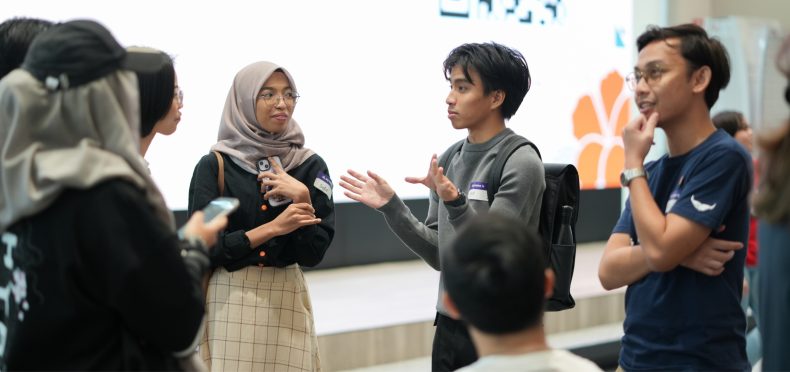
Empathy is at the heart of driving Malaysia forward. We could do it by engaging directly with users—we listen, observe and understand their needs. We could use our local insights to craft solutions that truly resonate, and we build trust by anticipating their challenges.
Malaysians are highly collaborative by nature, so this part is natural but key for us. Partnering with developers, marketers and educators brings diverse perspectives, sparking innovation. We could focus on making our digital platforms simple and accessible so that they work for everyone. Then, we must share our insights and connect within our communities to amplify this impact so that together, we create a network that orients towards positive, lasting change.
Small steps. Big difference.
How do we play a part in this transformation?
Designing for Malaysia starts with understanding its unique blend of challenges and strengths.
This is a process that goes beyond how things look. We’re reaching deeper to address our people’s needs in ways that feel authentic and meaningful.
To do that, we must start by recognising what makes us unique.
The Malaysian flavour
Take Malaysia’s diversity. We’re a blend of cultures, languages, and traditions, each adding richness to our shared experience. This mix shapes how we interact, learn, and connect. It calls for design that is flexible, inclusive, and deeply attuned to these nuances, ensuring solutions that resonate across communities.
One key to designing digital platforms for Malaysia is supporting its multilingual culture. With Malay, Chinese, Tamil, and English speakers, robust multi-language features are essential for inclusivity.
Inclusive design also means understanding local nuances—catering to varied digital literacy with simple, clear interfaces and localised payment options.
Malaysian consumers are distinct in their digital behaviour, especially on mobile. Smartphones are the go-to device for browsing, shopping, and staying connected, so platforms need to be mobile-first. Convenience is key too—fast loading, intuitive navigation, and localised payment options like FPX and GrabPay make all the difference.
Trust plays a huge role here too. Clear privacy policies, secure transactions and visible customer support build confidence. Social proof matters too; user reviews and ratings often guide decisions, as Malaysians seek reassurance before purchasing.
Throughout Makers 9, we heard stories that proved how thoughtful design can lead to real change. Each speaker showed us the impact of listening, adapting, and building with empathy.
This is Design that connects—where every detail matters, and every choice makes a difference. It’s a reminder that when design is done right, it has the power to transform communities.
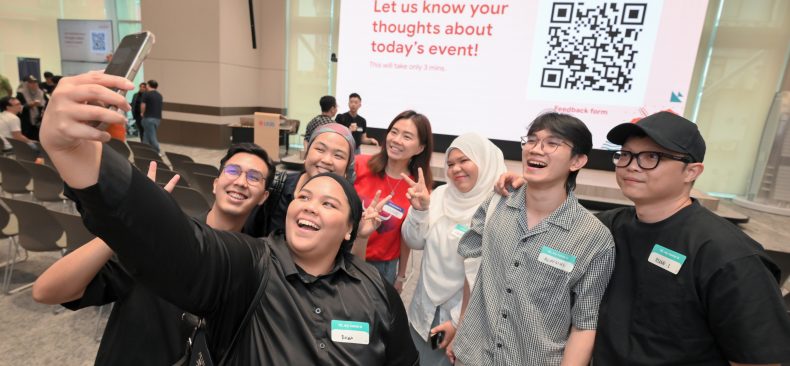
Building bridges, not only platforms
Makers 9 wouldn’t have been the same without the support of UOB. From the start, William, Sean and the entire UOB team turned their venue into more than just a space—it felt like Makers’ home for the day. We truly appreciate their hospitality and the care they took to make everything seamless.
We’ve had partners and friends from Seek, Setel, Mercedes Benz and Grab Digital Bank joining us too, exchanging insights and deepening connections. Conversations went beyond the usual, diving into how we can collaborate more meaningfully, understand their challenges, and build solutions together.
And to our volunteers—Sandra, Faiq, and Fatimah Aliaa—thank you. Your energy, kindness, and behind-the-scenes support made Makers 9 an extra special one for us.
A community is not an event, but a movement
Makers 9 felt like a reunion of dreamers, doers, and everyone in between. With over 100 attendees on a wet Saturday morning, we had an overflow of ideas and collaborations that didn’t just end when the UOB’s beautiful hall lights dimmed.
I’m certain that the seeds planted here will continue to grow and lead to more impact on our own home turf.
To all who attended, contributed, and shared their stories, terima kasih!
We’re not just designing for Malaysia—we’re designing Malaysia. Here’s to even bigger and better things at Makers 10.
Join us in designing Malaysia!
If you want to be part of the team that is designing Malaysia, we’re looking for specific people who can take us further! Come join our rank.

